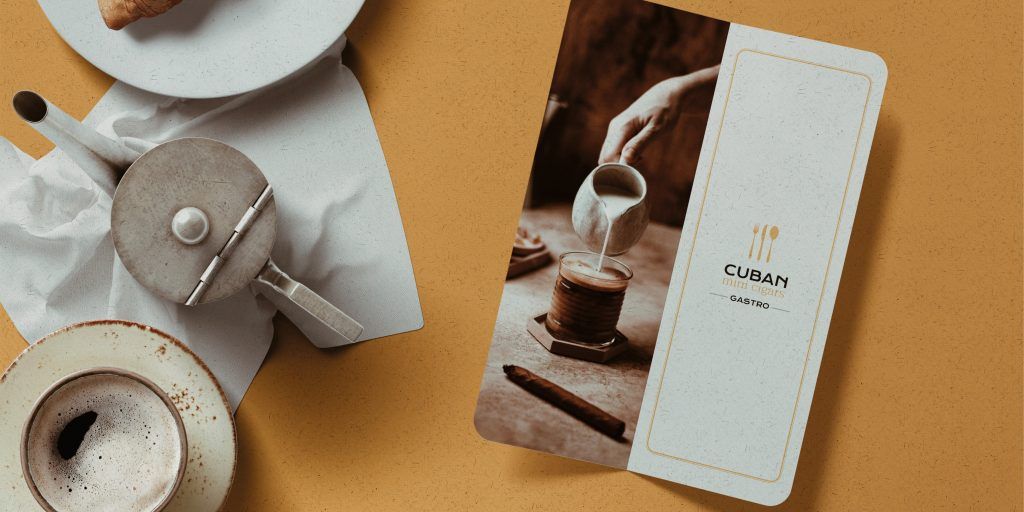In addition to its vibrant culture and infectious music, the jewel of the Caribbean is known for the special aroma and taste of its coffee, the smoothness of its rum, and the quality of its tobacco. These three world-renowned products are part of the island’s traditions and have preserved their artisanal craftsmanship.
Cuban coffee is more than just a beverage. It was Spanish settlers who introduced this product to the island in the 18th century. Its cultivation quickly spread thanks to Cuba’s favourable climate and fertile lands, with the mountainous regions of the Sierra Maestra and Pinar del Río becoming key production hubs.
The preparation of Cuban coffee is almost a ritual. The beans are slowly roasted, ground, and finely filtered with boiling water in an espresso-type coffee maker. What sets this coffee apart from other varieties is that sugar is added during the preparation, creating a sweet and thick foam on top, known as the “espumita.” This strong, sweet coffee, served in small cups and sipped slowly, is often offered to visitors as a symbol of hospitality.
Rum is another product that has put Cuba on the world map. Its history also dates back to colonial times, when African slaves worked on sugar cane plantations. From the fermented cane juice, known as “guarapo,” rum is distilled and then aged in oak barrels for several years to achieve its characteristic smooth and complex flavor.
There are several types of rum in Cuba, from the younger and lighter varieties to the aged and special reserves. But rum is not only enjoyed on its own or used to make delicious mojitos and daiquiris; it’s also used as a culinary ingredient to marinate meats and prepare desserts.
And then we reach the crown jewel: Cuban tobacco, considered the best in the world. The tobacco plantations of the Vuelta Abajo region in Pinar del Río produce large and very fine leaves, thanks to the unique combination of fertile soil and ideal climate.
These leaves are used to make, among others, Cuban mini cigars, whose production has been perfected over centuries. In fact, the mechanization of tobacco in Cuba began in the second half of the 20th century, shifting from hand-rolling to machine rolling—a technique that saved time while preserving all the flavour and aroma of the tobacco.
In summary, these three products, thanks to the quality of their origin and careful craftsmanship, have transcended borders and become symbols of the island’s tradition and flavour. Each sip and puff tell a story that deserves to be known and appreciated.




